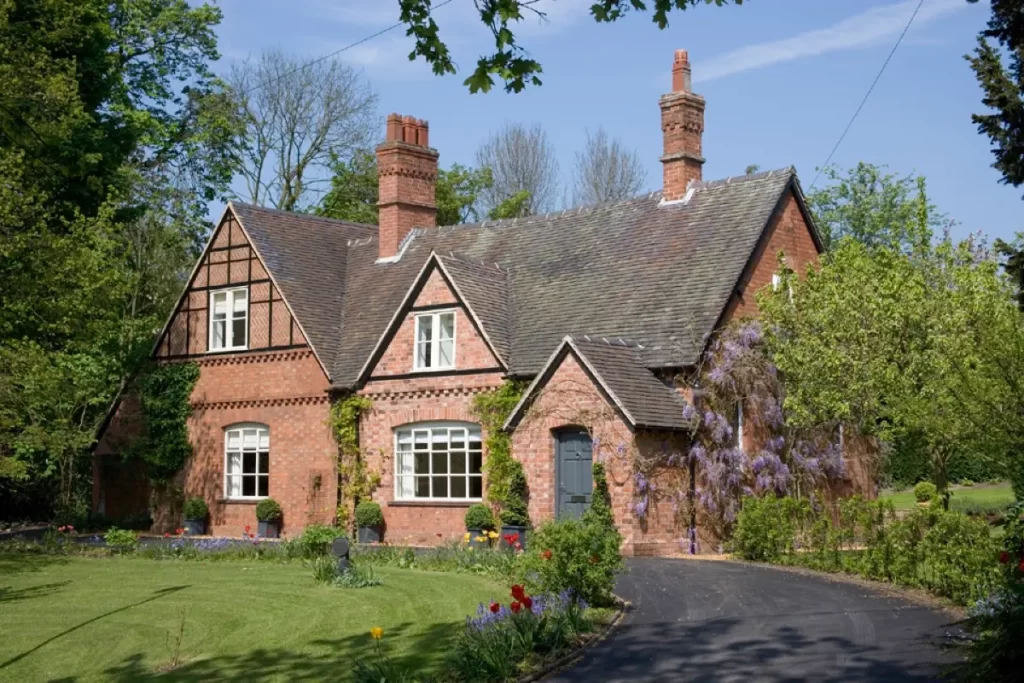Planning Applications
Planning Applications are effectively a method of asking your Local Authority for Planning Permission to carry out some work on your property.
Whether it’s a new porch, an extension or even to demolish and rebuild your home.
It will be granted (possibly subject to certain conditions) or refused.
Parliament has given the main responsibility for planning permissions/refusals to Local Planning Authorities and this is usually the planning department of your local council.
It is your responsibility if you are the property owner or are seeking planning permission for a project so if you are not in a position yourself it is essential to employ a professional person or company to carry this out on your behalf.

There are 4 main types of applications for planning permission:
- Full Application
- Householder Application
- Outline Application
- Reserved Matters Application
A full planning application
This is required when making detailed proposals for developments which are not covered by a householder application or permitted development rights such as new houses or commercial developments.
Householder planning applications
This provides a simplified procedure for projects that enable householders to alter or extend their property (but not flats). This only includes work within the boundaries of the proposed property with projects such as single or 2-storey extensions, loft conversions or house refurbishments.
Outline planning applications
These are used to gain an understanding as to whether the nature of a development is acceptable, and are very much like the Feasibility Study process that can help with the viability of a potential project.
Specific details are then confirmed later, which allows for planning permission to be granted subject to the condition that ‘reserved matters’ are approved before the development begins.
Reserved Matters
This is only required when the applicant has already submitted and had approval for an outline planning application for a development.
After approval of outline planning consent, reserved matters must be submitted to gain approval for the development. This deals with any outstanding details which didn’t form part of the outline application such as elevations of the house, materials to be used, landscaping etc.
Other Planning Matters Include
Permitted Development Rights
This allows you to perform certain types of work without needing to apply for planning permission.
They come from a general planning permission granted by the Government.
Permitted development rights only apply to common projects for houses and do not apply to flats, maisonettes or commercial buildings.
In some areas of the country, known generally as ‘designated areas’, permitted development rights are more restricted, so if for example, you live in a Conservation Area.
There are some basic rules and dimensions that govern what can or can’t be achieved with Permitted Development Rights. A link can be found here for guidance.
A Lawful Development Certificate
(LDC) is a legal document stating the lawfulness of past, present or future building use, operations, or other matters.
If granted by the Local Planning Authority (LPA), the certificate signifies that enforcement action cannot be carried out against the development referred to in the certificate. However, the certificate will not protect from enforcement action by the planning authority if the specified use is then changed ‘materially’ without a planning application for it.
A successful application for an LDC is not a replacement for planning permission. Planning permission must still be acquired separately for any development or use which is not covered by an LDC.
Prior Approval
This is where certain types of development are granted planning permission by national legislation without the need to submit a planning application.
This is known as ‘Permitted Development’. In order to be eligible for these permitted development rights, each ‘Class’ specified in the legislation has associated limitations and conditions that proposals must comply with.

Planning Application Resources
Below are the various links that go into more detail about the types of applications and the necessary documentation for each.
Planning FAQs
What are the stages of planning application?
The 4 key stages to a planning application are;
- Validation
- Consultation
- Determination
- Decision
What does each stage of a planning application do?
Validation
Once submitted, the council technical support team checks the application to make sure everything that is required is submitted. If everything is good, the application is registered as ‘valid’. If not the agent or applicant is asked for the missing information.
An applicant often uses an agent or architect when submitting an application. If this is the case, all communications go through the agent/architect.
Consultation
The council send letters to any neighbours affected by the proposals and also consult with ‘statutory bodies’ like Parish Councils or the Environment Agency etc.
If required the application may also be advertised if required by legislation.
Anyone is allowed to comment in favour or against the application and a period of 21 days is usually allowed for comments to be received.
Determination
The application is then passed to a planning officer. They will consider factors such as policy, location, neighbour impact, consultee comments, design and wider impact. This process normally takes between 8 and 13 weeks, depending on the application type.
During this process, various discussions and negotiations will be taking place. The planning officer will then write a report recommending approval or refusal of the application.
Decision
The final decision can be made in two ways, either:
- by a planning officer; or
- by a Planning Committee, made up of elected Councillors.
Once a decision is reached, it is sent to the agent/architect or applicant.
What is the purpose of a planning application?
Planning Applications are effectively a way of asking your Local Authority for Planning Permission to carry out some work on your property. Whether it’s a new porch, an extension or even to demolish and rebuild your home.
Who decides my planning application?
Responsibility for deciding whether planning permission is granted or refused lies with local planning authorities, usually the planning department of the district or borough council.

